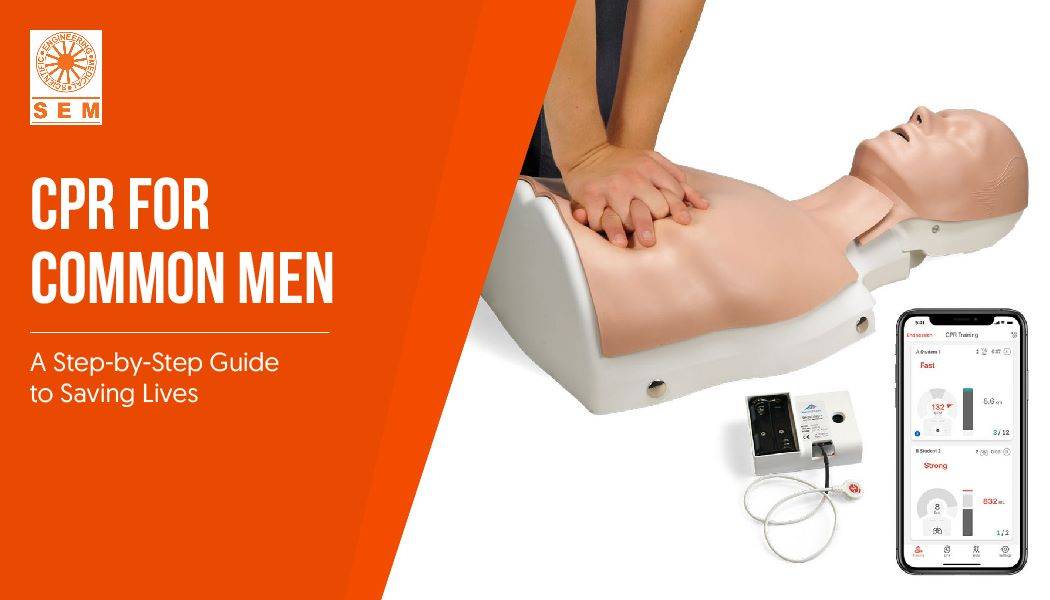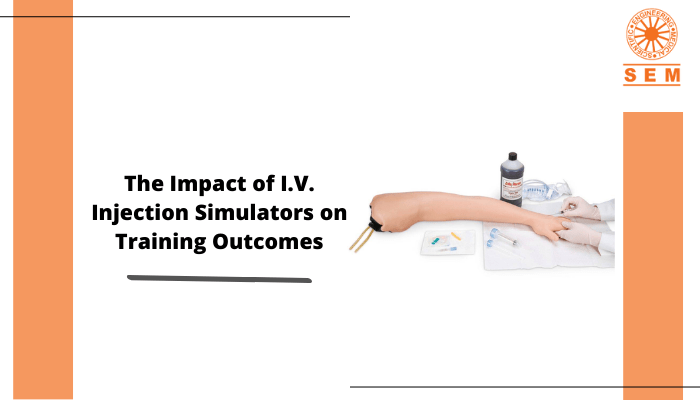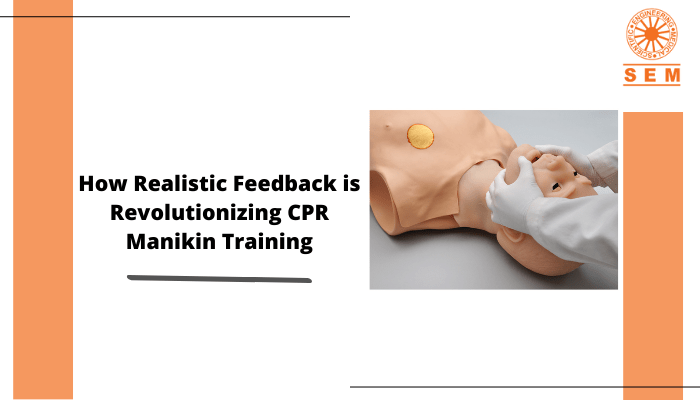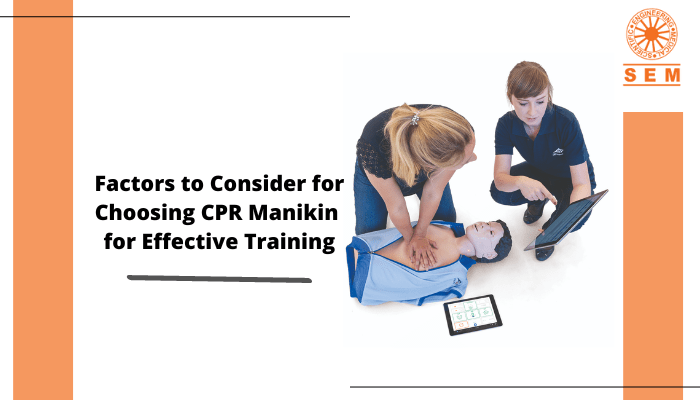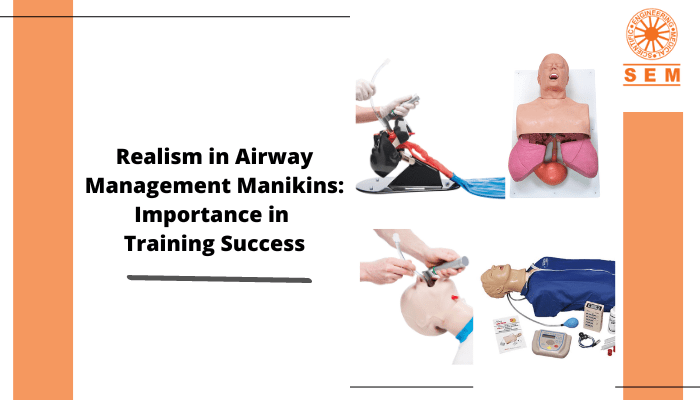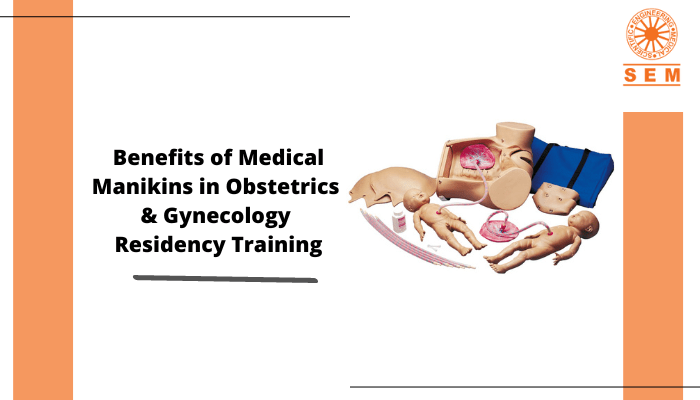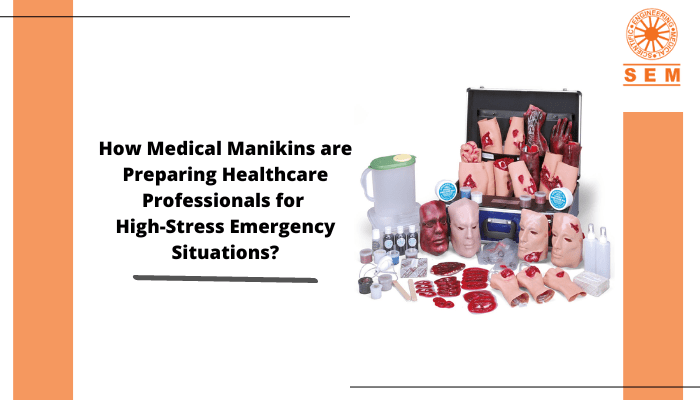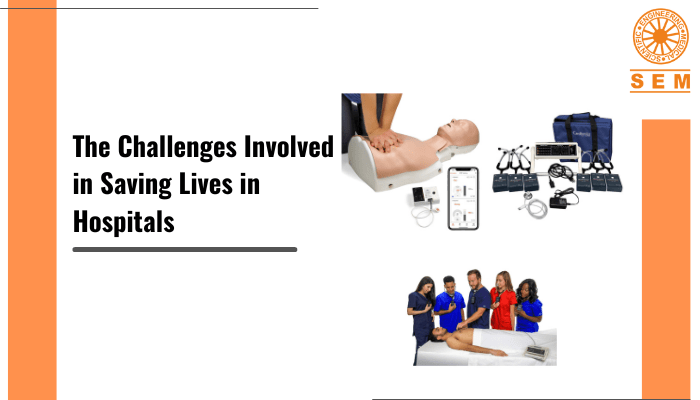CPR for Common Men: A Step-by-Step Guide to Saving Lives
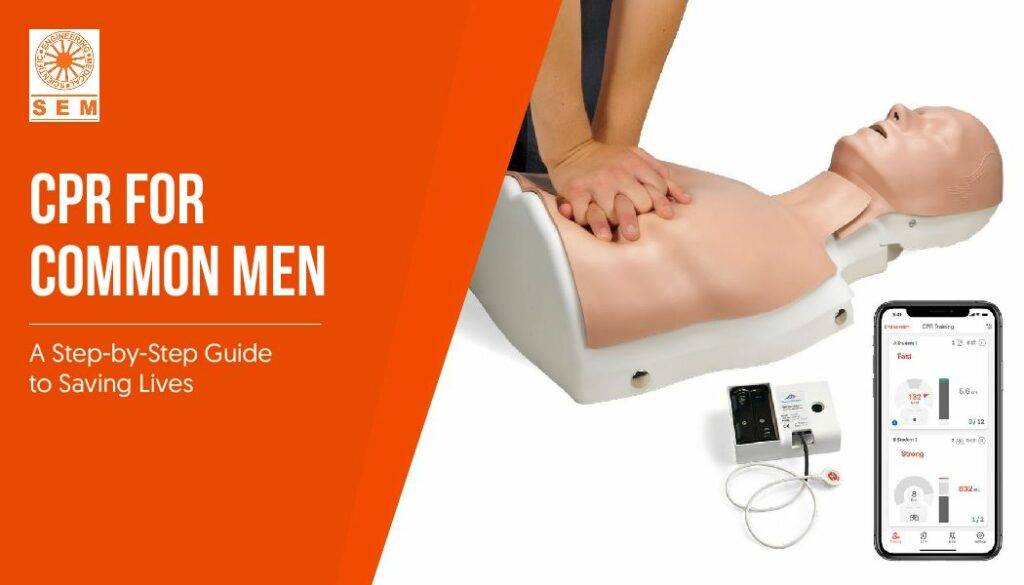
Learn the essential CPR techniques every common man should know.
This blog provides a comprehensive guide on performing CPR correctly, offering valuable tips and step-by-step instructions. Empower yourself with life-saving skills today!
Empowering common men with the ability to perform CPR (Cardiopulmonary Resuscitation) can be a game-changer in emergency situations. This comprehensive guide will walk you through the essential steps and techniques of CPR, equipping you with the knowledge and confidence needed to save lives. Whether you’re a parent, a caregiver, or simply a concerned citizen, mastering CPR is a valuable skill that can make a significant impact. Let’s delve into the world of CPR and learn how you can be prepared to be a life-saving hero!
So starting with understanding, what exactly is CPR?
CPR is an emergency procedure that combines chest compressions and rescue breaths to maintain blood circulation and oxygen supply to the brain and vital organs. It is commonly used to revive individuals who have experienced cardiac arrest, drowning, or other life-threatening situations.
Step-by-Step CPR Instructions:
1. Assess the scene: Ensure your safety and check for any potential hazards before approaching the victim.
2. Check responsiveness: Tap the victim’s shoulder and ask if he/she is feeling okay, If there is no response, the person may be unconscious and require immediate CPR.
3. Call for help: Dial emergency services or instruct someone nearby to call while you initiate CPR.
4. Perform chest compressions:
- Place the heel of your hand on the center of the victim’s chest.
- Position your other hand on top, interlacing your fingers.
- Lock your elbows and use your upper body weight to push down firmly, aiming for a depth of about 2 inches.
- Perform chest compressions at a rate of 100-120 compressions per minute.
5. Deliver rescue breaths:
- Tilt the victim’s head back gently and lift their chin.
- Pinch their nose and create a tight seal over their mouth with yours.
- Give two rescue breaths, each lasting about one second.
- Observe the chest rise and fall.
6. Continue CPR cycles:
Alternate between chest compressions and rescue breaths in a ratio of 30:2. Aim for a minimum of 2 minutes of CPR before reassessing the victim’s condition.
Things to know while you Essential CPR Tips:
- Don’t be afraid to perform CPR. Remember, any attempt is better than no attempt at all.
- Press hard and fast during chest compressions. This helps maintain blood circulation effectively.
- Allow the chest to fully recoil between compressions, ensuring optimal blood flow.
- Take turns with another person if possible, as performing CPR can be physically demanding.
- Stay calm and focused, following the instructions provided by emergency medical services if you’re on the phone with them.
Being prepared to perform CPR is crucial for common men in emergency situations. By following the step-by-step guide outlined in this blog, you can gain confidence and potentially save lives.
Remember, CPR is a skill that can make a significant difference until professional help arrives. Whether it’s your loved one, a stranger, or even yourself, your knowledge of CPR can be the lifeline that gives them a second chance. Equip yourself with these essential life-saving techniques and be the hero when it counts!

